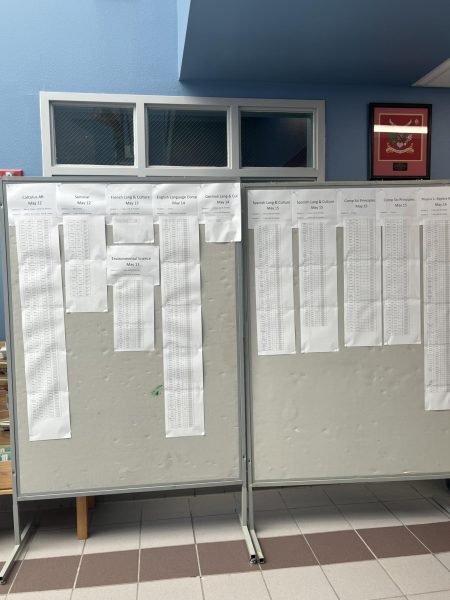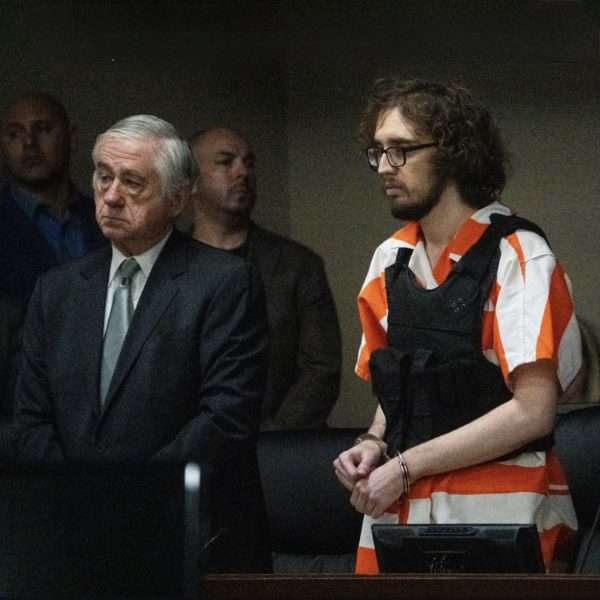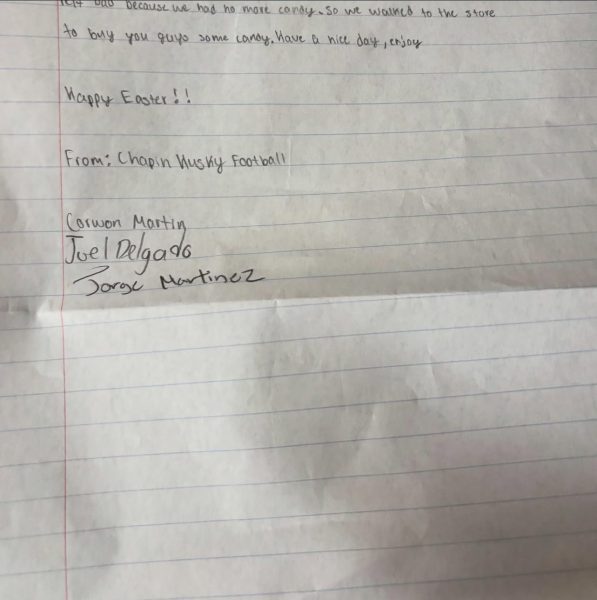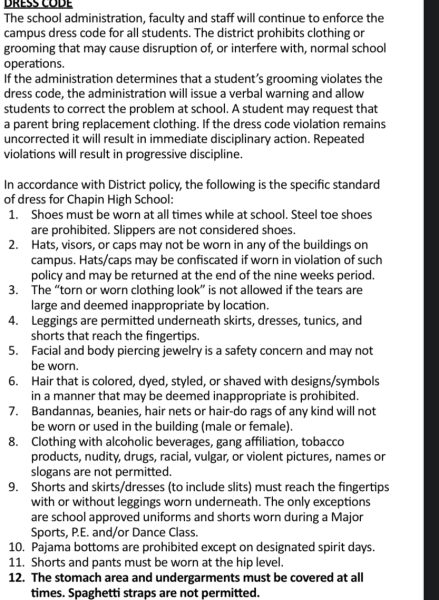Members of media share storytelling approach
To tell a story, reporters identify techniques to best convey information to the reader. Stories are told in multiple ways, including via photographs, video, audio, and writing. Reporters must find information and organize it in a way that makes sense and depicts correct information.
Felix Chavez, a sportswriter for the El Paso Times, starts his process by planning out who he will interview, what stories he will cover, and contacting the coach, and occasionally the player.
“If we can set up a photo now, we will,” Chavez said. “If not, a lot of times we have file photos of the kids or the coaches. Sometimes I’ll do interviews over the phone, but I try to typically do it at the school or at the game.”
When it comes to feature stories, Chavez tries to spend time with the team. However, for a regular game he conducts interviews afterwards. He said that deadlines for his stories are around 5 p.m., 6 p.m. at the latest, which is much earlier than in the past.
“We’ve changed our philosophy over the years,” Chavez said. “We used to be print specific, we used to have deadlines until midnight. Now our deadlines are much earlier.”
For Chavez, the urgency of the story depends on the story.
“If a coach gets fired or something big happens, we’ll definitely try to turn it around immediately for the next day,” Chavez said. “This year with the pandemic, UTEP has recently too had some basketball games postponed. So, we definitely want to get that out as quickly as possible.”
Junior Christian Gallardo, student media staff editor, begins his process by recognizing sources, which he believes “are the most important” part of the story.
“You have to email them, you have to set up interviews, have to write your questions. Then you do your interview, ask them questions,” Christian said. “When it comes down to the writing part, it’s okay to make mistakes in your writing, just make sure you go back and fix them, or it doesn’t come off as authentic.”
The last steps of his process are editing and posting the story. Christian also finds having multiple proofreaders a helpful technique.
“I don’t think it’s very helpful to get only one person,” Christian said. “I try to get multiple people to read over it, that’s just my preference but it’s different for every writer.”
Journalism teacher Ismael Barraza believes that having an open mind and going “with the flow” is a helpful technique when producing stories.
“Just record, just have conversations, just talk to people. Sometimes it’ll take you to a better place rather than having a preconceived idea of what you want,” Barraza said. “That’s probably the biggest tip. Not being disappointed by things not going how you wanted them to go.”
Barraza disagrees with restarting projects and instead thinks people should “use what [they] have.”
“So, it’s just having an open mind,” Barraza said. “Expecting the worst but hoping for the best.”
Chavez’s goal is to always “produce the best story possible” when writing.
“The goal is just to best provide, the best story for the reader,” Chavez said. “But also, to represent whoever you’re writing about, to tell their story the best way you can and definitely the most accurate way.”
When it comes to viewing other people’s stories, Chavez can go behind the scenes and pinpoint what he is looking for.
“Let’s say my friend works in Corpus Christi and he wrote a story and he needed me to read it,” Chavez said. “I could actually just go into the system automatically – there’s a certain number that’s attached to our story – we just type in the number and then boom I can get a story from Corpus Christi.”
Once a story is edited and posted, Chavez may later add videos and other elements to the post.
“Then our photographer, if he or she is shooting the game, they’ll go back and add photos later,” Chavez said.
Christian has one main goal for his stories.
“To just shed more light on topics that are not really talked about a lot,” Christian said.





